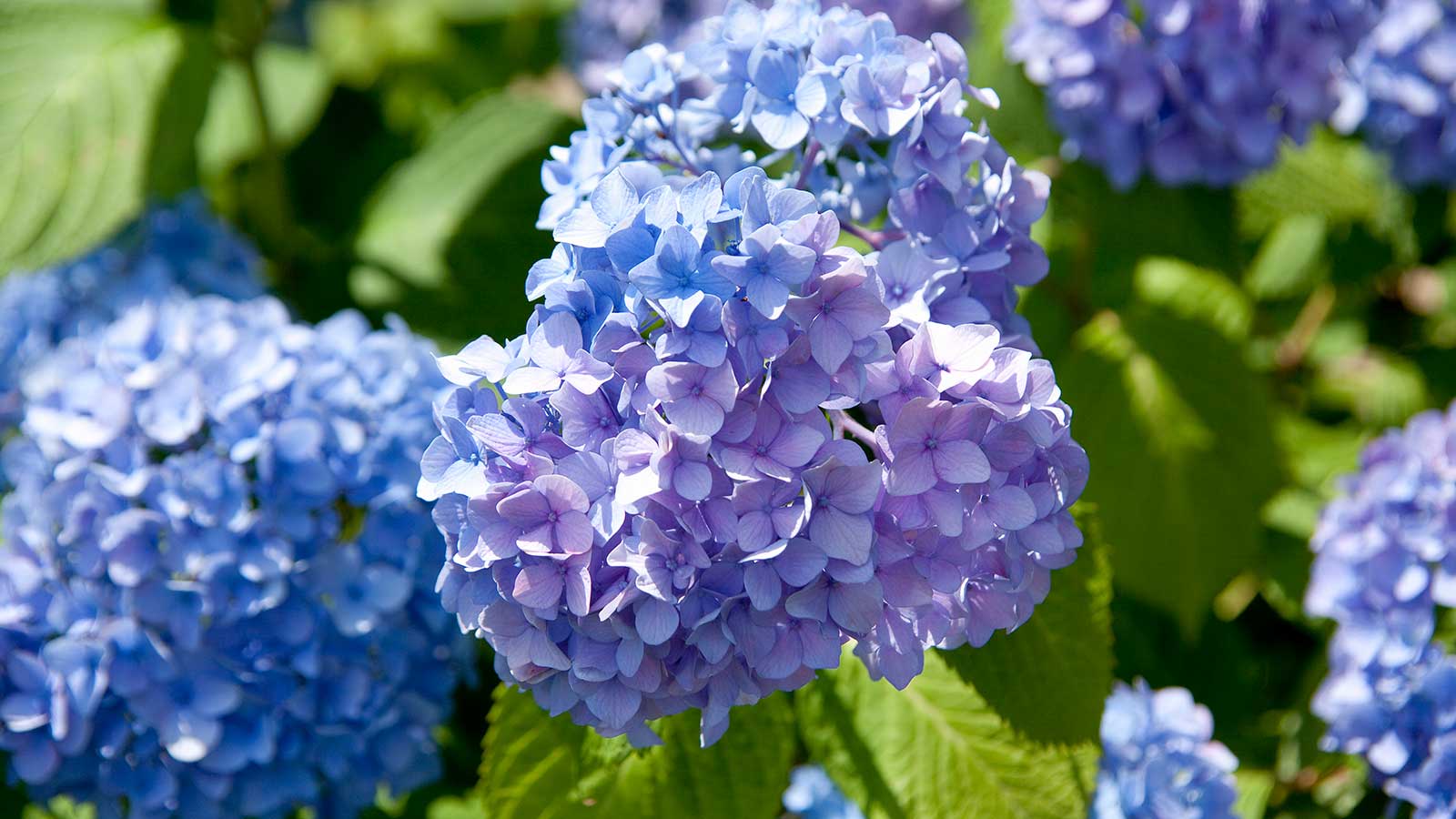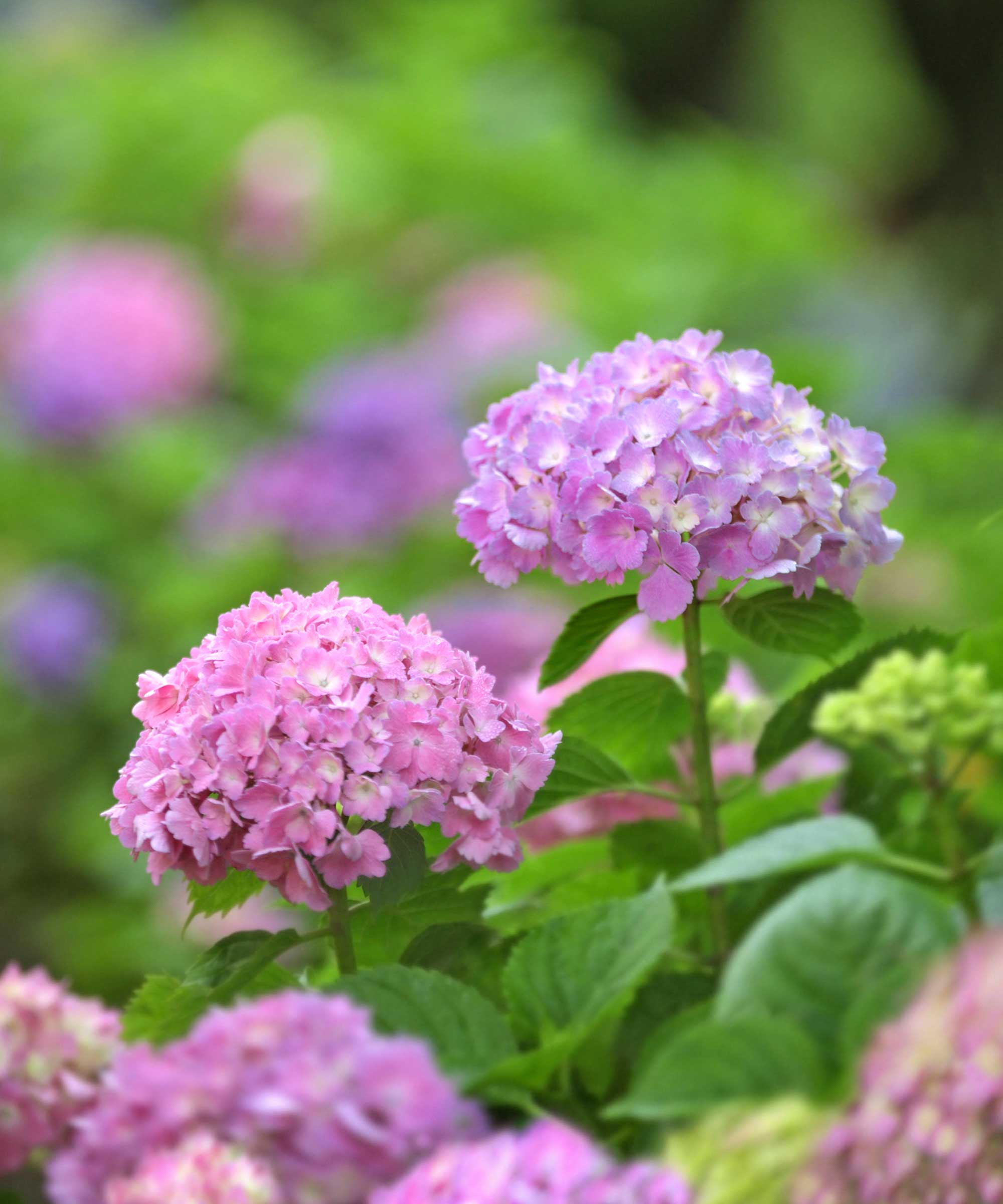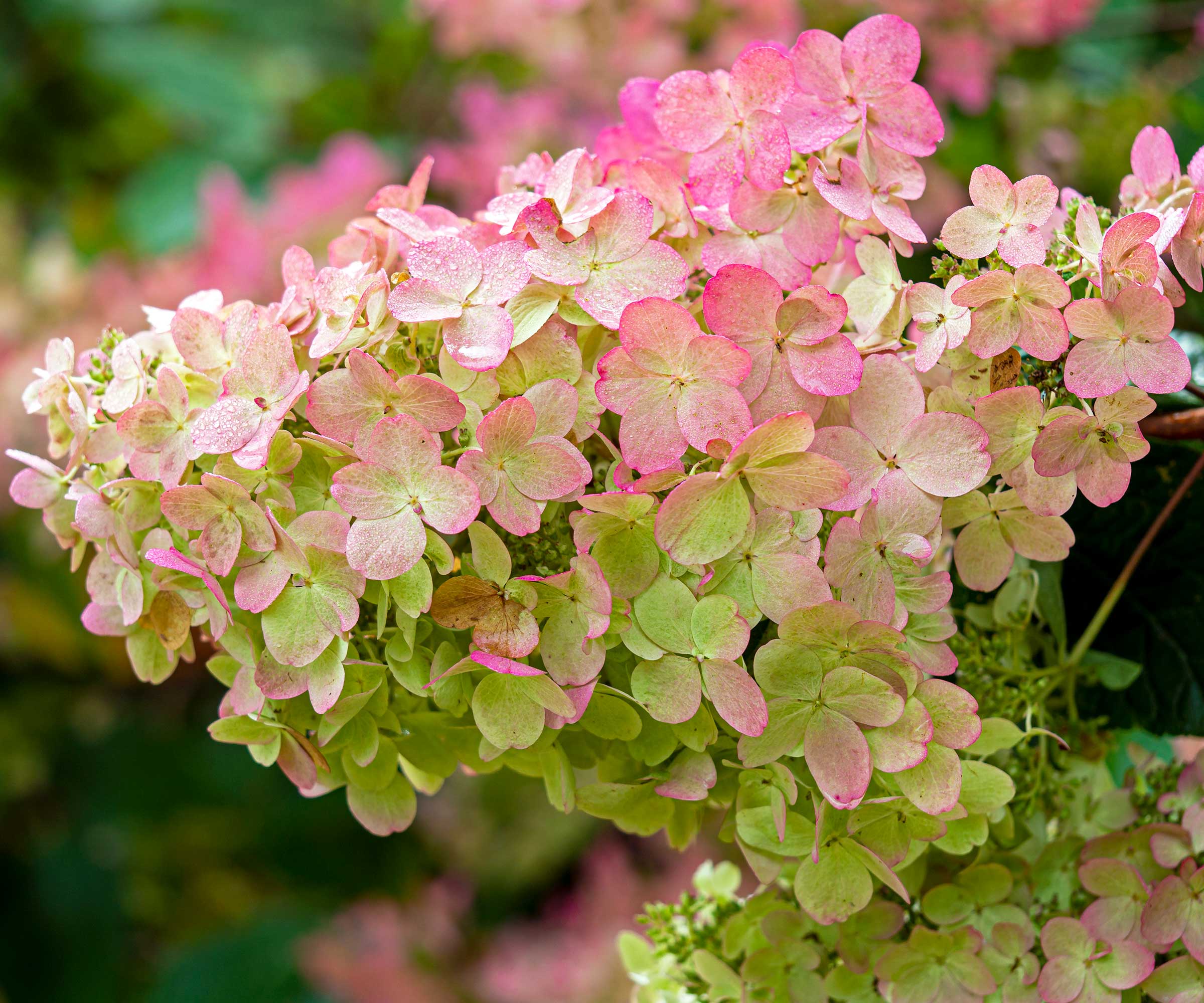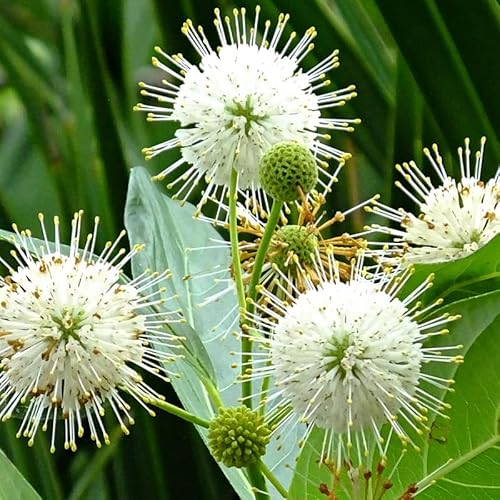Gardeners advise against planting hydrangeas this year – here's why, and what climate-resilient shrubs you should be planting instead
During hot and dry summers, many hydrangea varieties can struggle to survive


I’ve grown hydrangeas in so many different gardens over the years. From lush, damp, bigleaf types tucked into shady UK borders, to oakleaf hydrangeas clinging on in the dark, dry corners of a Tuscan courtyard. And believe me, I adore a good hydrangea as much as the next gardener. But, in recent years, many gardeners have complained (myself included) about keeping these shrubs alive during challenging and unpredictable summers.
While a few hydrangea species can handle a little bit of heat and drought, many of the classic types simply can’t cope, especially if you’re gardening in US zones 8, 9, or 10, where heatwaves and drought spells are becoming the norm.
So, if you’re considering learning how to grow hydrangeas in your yard this year, I’d suggest pausing for a moment and weighing up your options. In this piece, I’m sharing what I’ve learned: which hydrangeas are the most difficult to keep happy in today’s climate, and, more importantly, which brilliant, tough native shrubs you can plant instead.
Hydrangea varieties to avoid in challenging climates

If you are wondering why gardeners are not planting hydrangeas, the answer is fairly simple. It is all to do with challenging and unpredictable weather patterns, which can affect a range of US hardiness zones.
The hydrangeas I’d tell you to avoid, or at the very least, approach with caution, are the thirsty hydrangea varieties.
Hydrangea macrophylla, the common bigleaf variety, is one such type I would avoid if you are worried about hot weather and drought.
Whilst popular for its flamboyant and showy blooms, seen in the image above, this variety can lose a lot of moisture from its thick, succulent leaves in summer, meaning extra watering duties. And, let's face it, no one wants to waste more water than is needed.
Design expertise in your inbox – from inspiring decorating ideas and beautiful celebrity homes to practical gardening advice and shopping round-ups.
In addition, Hydrangea serrata, commonly known as the mountain hydrangea, and Hydrangea arborescens, or the smooth hydrangea, are pretty demanding and need cool, moist soil and some protection from harsh sun. During July and August days, with high heat and no rain, these species can struggle.
So, if your region is facing hotter, drier summers, like in California, Texas, Georgia or Arizona, where water conservation is surely on your mind, it’s probably time to rethink whether these high-maintenance shrubs are worth the battle.
Luckily for us, there are many tough native options and shrubs that thrive on neglect that bring just as much color and life to your garden, but without the constant fuss.
Tough shrub alternatives to grow instead

If you want something reliable and resilient, I’d point you straight to native US shrubs. One good option would be buttonbush, or Cephalanthus occidentalis.
It’s a total pollinator magnet, with spherical white blooms that look like little pincushions. It handles everything, including wet, dry, heat, you name it.
Buttonbush plants are available from Amazon.
I would also suggest learning how to grow hibiscus varieties, or, more specifically, Hibiscus syriacus (Rose of Sharon).
Hardy down to zone 5, this pink-flowering shrub is made of tough stuff and produces masses of flowers for most of the summer. And, the best part? It isn't usually phased by full sun and dry weather.
Hibiscus live plants are available from Nature Hills.
However, if you are keen on hydrangeas, I would suggest growing either the non-native panicle hydrangea, Hydrangea paniculata, or the native North American oakleaf hydrangea, Hydrangea quercifolia, both of which are considered to be some of the toughest and most drought-tolerant species.
Oakleaf hydrangea live plants are available from Amazon.
Of course, you can plant anything you wish in your garden. And, if you are dead set on growing bigleaf hydrangeas, you can grow them in most climates, but be prepared to provide regular deep watering in the summer months.
Alternatively, see our guide to some of the best low-maintenance drought-tolerant plants to fill your yard with easy-to-grow species this year.
Shop garden accessories

Thomas is a Content Editor within the Gardens Team at Homes and Gardens. He has worked as a professional gardener for both public spaces and private estates, specializing in productive gardening, growing food and flowers. Trained in Horticulture at the Garden Museum, he has written on gardening and garden history for various publications, including The English Garden, Gardens Illustrated, Hortus, The London Gardener and Bloom. He has co-authored a Lonely Planet travel book, The Tree Atlas, due out in 2024.
You must confirm your public display name before commenting
Please logout and then login again, you will then be prompted to enter your display name.


